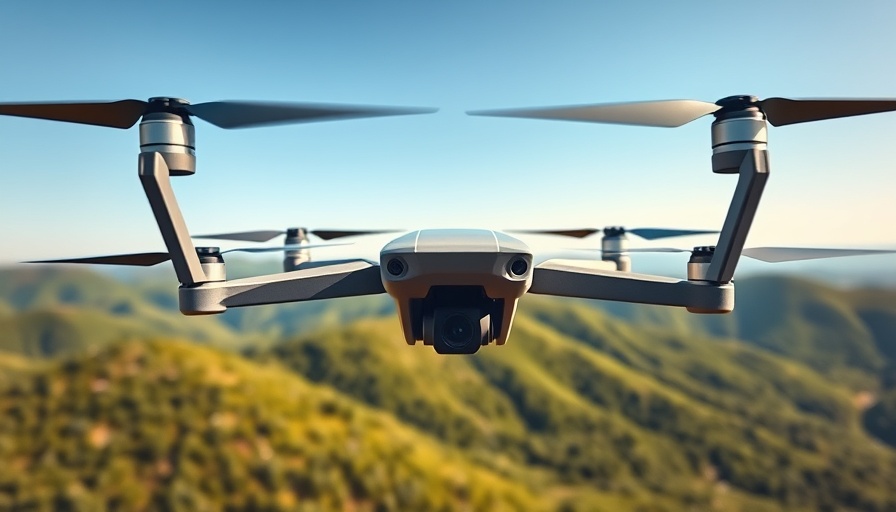
Elevate Your YouTube Game with the Best Drones for Creators
In the ever-evolving world of YouTube, where creativity meets technology, aerial footage has emerged as a game-changer for content creators. No longer just a tool for professionals, drones have become accessible devices that can drastically enhance the quality of videos, making them visually stunning and engaging. As a YouTube channel owner myself, boasting over 30,000 subscribers, I can attest to how captivating drone footage can draw in viewers and elevate the overall production quality.
Understanding the Importance of Drone Quality
Capturing breathtaking moments and dynamic angles is only possible with the right equipment. A shaky drone with poor camera capabilities won’t impress viewers. Therefore, choosing a drone that meets your content creation needs is crucial. When investing in drones, consider those equipped with high-resolution video capabilities, ideally 4K or higher. This clarity makes a significant difference in the professional appearance of your content.
The Legal Landscape: Flying Your Drone Safely
Before you hit the skies, it's essential to understand the legal requirements for flying drones, especially for commercial purposes such as YouTube content creation. The Federal Aviation Administration (FAA) mandates that you possess a Part 107 license to post drone footage on YouTube legally. It may sound intimidating, but gaining your license is straightforward with online courses and materials available through various platforms like Altitude University or the Pilot Institute. Legally flying your drone not only keeps you compliant but also opens the door to monetize your creative endeavors.
Top Picks for Drones that Wow
With many options available, selecting the right drone can be overwhelming. After evaluating key features such as camera quality, stability, and user-friendliness, here are my top picks for YouTube creators:
- DJI Flip: Ideal for vertical content, this drone accommodates short videos intended for platforms like TikTok, perfectly blending functionality with modern video trends.
- Autel EVO II Pro V3: Known for its impressive low-light capabilities and user-friendly interface, this drone captures stunning 6K footage, making it a favorite among serious filmmakers.
- DJI Avata 2: A nimble option for dynamic filming, the Avata 2 allows creators to achieve cinematic shots effortlessly.
- DJI Mavic 3 Pro: With extended battery life and unparalleled flight performance, this drone is perfect for those looking for extreme longevity during shoots.
- DJI Neo: This advanced model offers various intelligent features, making it user-friendly while maintaining high video quality.
Each of these drones offers unique benefits catered to different types of content creation, ensuring that every YouTube creator can find the right fit.
Conclusion: Start Your Journey Towards Captivating Content
As you explore the world of drone technology and elevate your creative pursuits, remember that understanding your equipment and the legalities surrounding drone flight are just as crucial as selecting a drone with impressive specs. With the right drone, you’ll not only enhance your videos but also captivate your audience with breathtaking views and an engaging narrative. Don’t just take to the skies; soar above expectations and capture the moments that matter.
Interested in learning how to fly? Take action now by enrolling in beginner flight training courses available near you, and start your journey to mastering aerial photography!
 Add Row
Add Row  Add
Add 




Write A Comment